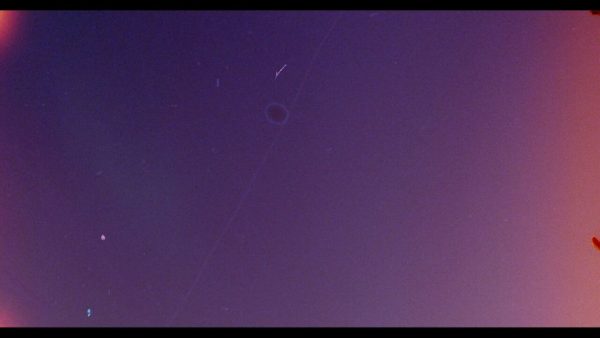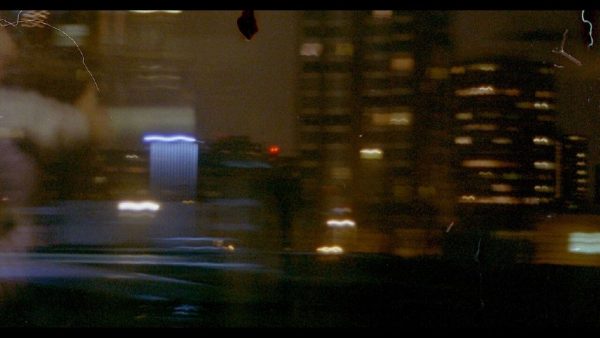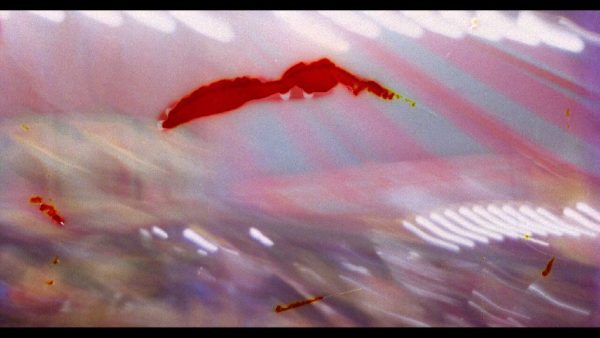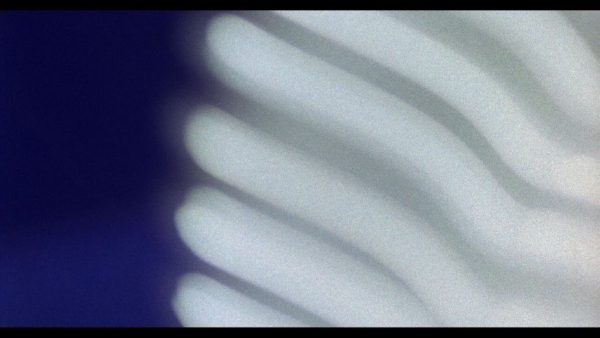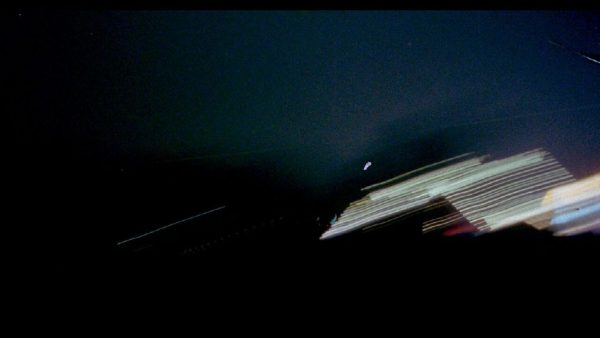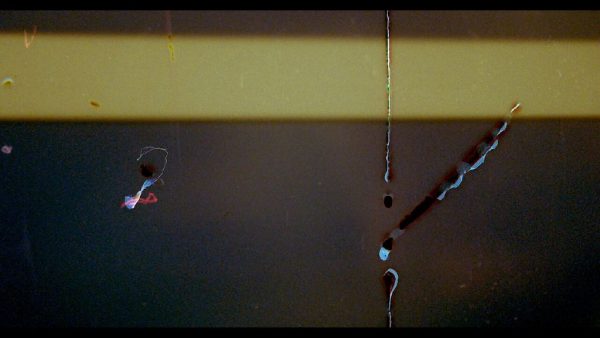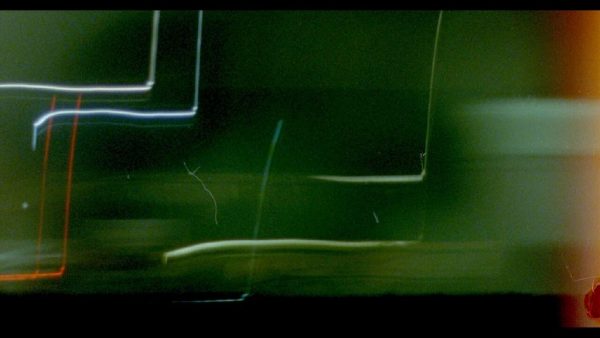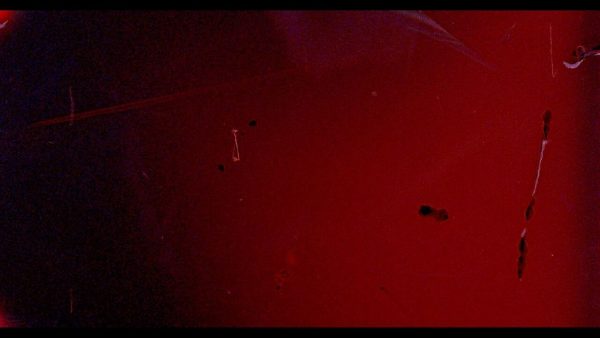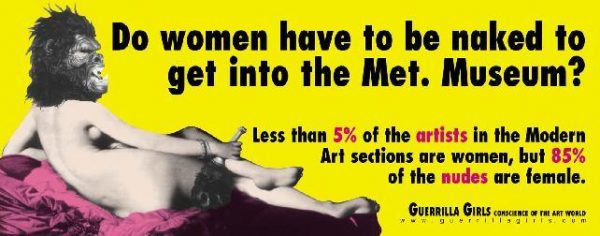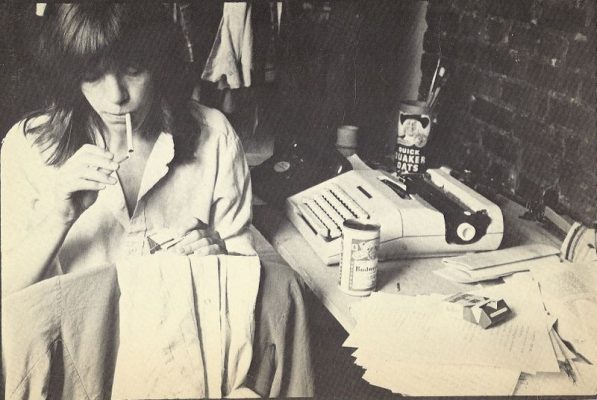Listen to her. She is telling you about her adolescence. She is telling you about one particular ‘bender’ that lasted three days. I was getting blacked out again in the morning, she says. Smoking cigarettes. Nine hours in her mum’s garden, unable to stand up. It disturbed her for a long time. She felt sick every time she thought about it, not because she could remember it, but because she couldn’t. She could only recreate it. That was the only time I wished that I was dead. With survival comes loss – loss of sight, of time, of your sense of self. She didn’t know what she had or hadn’t done when black out drunk, could never say because she lost so much time. She was there but didn’t see it happen.
Anita Harris would call her a ‘have-not’ girl. Adolescent girls are made to embody society’s fears and hopes for the future, and as such are judged on their capacity for self-invention. Adolescent girls are expected to make good choices for themselves. As Harris writes in Future Girl, they have become ‘a focus for the construction of an ideal late modern subject who is self-making, resilient, and flexible.’ Not everyone can be a ‘can-do’ girl, a good Future Girl. Not all young women are ‘killing it’.
The woman speaking in Jordan Baseman’s Blackout, on view at TAP in Southend-on-Sea, was a ‘have-not’ girl: she drank until she blacked out, was promiscuous and deceitful, and had no regard for her health or her safety. She says she didn’t do anything for five years, that now she feels in-between: matured from her problem with alcohol and yet ‘behind’ everyone else. She knows some things. She thought her problem with alcohol set her apart from other people. That it made her ‘interesting’ – she was living in a different way to everyone else. She had chosen it. But she was a girl who made bad choices, consumed the wrong substances and abused her body. She was not, in other words, self-making, resilient or flexible in the ‘right’ way. A have-not girl is a failure. My speech would slur. People couldn’t understand me. I’d get black out drunk and drive my car around. And yet, you listen to her story with empathy. She exposes herself as vulnerable. She describes an adolescence coloured by self-destruction, not self-making, and in doing so exposes the future girl as an ideal few could ever live up to.
In his re-presentation of personal stories, Baseman exposes the narrative strategies that make personal experience, so often felt to be messy and chaotic, coherent to the person telling it, a person who can never really remember, only ever recreate. The narrator of Blackout describes the sight of her body in a mirror. She saw a girl who looked fucked-up and tired. My eyes looked weird, I just looked weird. Fuzzy around the edges. Weird dead eyes. The failure of sight – blacking out while drunk – precludes a failure of the body, which has become a poor copy of itself. A moment of clarity that comes ‘out of nowhere’: she could never feel like that again. That’s how it happened. How else does a survivor make sense of their survival, and of their loss? British artist Stuart Brisley, the narrator of Baseman’s The Last Walk (2011), describes his recovery after witnessing a man burning in a field while taking his dog for a walk: Slowly I got over it, slowly. Both realisations appear ‘out of the blue.’
Patricia Lyons, the narrator of Veil, also on view at TAP, describes a loss that most of us have felt at some point in our lives – the kind that desire can induce within a culture structured around shame and concealment when it comes to sex. Losing the self can be a highly horrific and violent experience, she says. It can be transcendent. It’s as if the mirror in Blackout could speak.
Lyons uses simile and metaphor to describe the experience of shame when one desires to excess: desire is like a nuclear reactor (there’s no getting away from it, no matter how far down you bury it). Shame, on the other hand, is a veil. Lyons confesses that she often incorporates a disembodied eye – her own camera – into her masturbation fantasies. Am I sinning? She asks. Am I watching myself – is that where the sin lies? This camera is hers, a screen in which she sees her body as another would: you become the bodies on the screen. (When she uses the second person she is also speaking for herself, and when she uses the first person she is also speaking for you.) Lyons describes how the viewer thinks and desires, how you feel shame about that desire when it is separated off from your body, how shame can take root there because it’s so bound up with the self and the body already. Her thoughts on self-love, desire and sin loop and undermine each other – Maybe… Maybe not. I’m running around. Her thinking binds itself in knots – isn’t that how desire works too?
Shame is a tool of culture, says Lyons. It dissects and dismantles corpses. Survival, and the guilt and shame that plays out in relation to societal pressures to ‘overcome’ difficulty, to submit to the law and judge oneself accordingly, is a recurrent theme in Baseman’s films. The narrator of Nasty Piece of Stuff (2009) recalls being raped by a man he met on King’s Road. He fucked me. And it hurt. And it was horrible. And I hated it. I look back and think: why didn’t I just kill myself? When I look back I think: life was hell. Life was hell back then because as a young gay man he was vulnerable, firstly from the threat imposed by other men, but also from the law, which refused to protect him against violence or disease, and threatened to take away his freedom altogether. He felt like he had no choice but to lie. The girlhood described in Blackout is also subject to a kind of societal violence: bearing the weight of the world’s hopes and fears for the future. After all, shame is felt by and on the body. ‘When shamed,’ Sara Ahmed writes in The Cultural Politics of Emotion, ‘one’s body seems to burn up with the negation that is perceived (self-negation); and shame impresses upon the skin, as an intense feeling of the subject “being against itself”.’ Shame is a ‘self-feeling’ – it is bound up with how the subject feels about themselves in front of another (Ahmed argues that individuals are encouraged to feel shame in order to relieve national guilt. In her case study, Australia’s guilt). Shame involves hiding from others, turning bad feelings onto oneself. Ahmed quotes Darwin: ‘Under a keen sense of shame there is a strong desire for concealment. We turn away the whole body, more especially the shame, which we endeavour in some manner to hide. An ashamed person can hardly endure to meet the gaze of those present.’ Turning into yourself, and away from others, that feeling of separation, causes you to judge yourself as bad in relation to societal ideals of goodness.
Lyons, who is an artist, performer and academic, talks about shame in relation to her own self-pleasure and desire, but she also seems to reflect on Baseman’s film itself: What is being represented in this film, she says, as if she is asking herself the question. Desire, power, dominance, sex, orgasm, ecstasy, pleasure, opportunity, intimacy, intimacy – intimacy keeps on coming – mischief, intoxication. It’s unclear whether she’s talking about this film – the one you’re watching – or a totally different one. Maybe she’s talking about porn. Either way, in listing these subjects – desire, power, and dominance – Lyons incorporates them into the film that you are watching. Veil reflects on itself and exposes its own limits. That the line ends in mischief, intoxication exposes the narrative as a kind of game, a game in which Lyons – narrator, performer, seducer – and Baseman – artist, director, editor – have decided to play together.
Baseman’s interviewees have to want to tell their story, to describe something that happened to them, how it made them feel, how they survived. They have to be willing participants in what he has called a ‘mutually exploitative’ relationship. That they are credited as narrators, not interviewees or subjects of his films, draws attention to the way the speakers construct their own linear narratives, and to the role of the filmmaker’s own acts of ‘exploitation’, or mischief: manipulating, editing and re-arranging their testimony. Lyons speaks with a mixture of authority and mischief, an academic and a confidant, a co-conspirator. Without Baseman’s side of the conversation, and with parts seemingly chopped out and pauses added in, Lyon’s metaphors solidify. They often come, like Brisley’s recovery from psychological trauma, ‘out of the blue’. You’re already a fish caught with a hook in your mouth, she says, and it’s either pulled lightly or harshly. Who is dominating who? Intimacy keeps coming up, she says. But does it? What is missing, and where is the voice that asks the questions, that responds? Does this mean she is talking to me? Blackout and Veil are economical stories: at the end of this process of confession and editing, very little excess information is supplied.
You never see the narrators’ faces, only varying degrees of abstracted imagery: scratches on film, flashes of colours, footage sped up, lights of the street blurring together. The pleasure of viewing is cut up, interrupted by blackness. In Nasty Piece of Stuff you see flashes of street views taken at night from a moving vehicle, but only when the narrator is speaking. The rest is black. Eyes closed. A traumatised body cannot hold onto everything. There is black in Blackout but the logic of Nasty Piece of Stuff doesn’t extend across films. In Veil, much of the narration focuses on the idea of the body on screen, but what you see looks like coloured liquid or even gas. Redness. A photograph of a man that is never fully shown before it disintegrates, again and again. You hear a bzzzzzzzzzzzzzzzzzzzz – the sound of a vibrator, the sound of self-love – and watch the image dissolving in blood.
Looking at oneself, separate, on the screen or in the mirror, induces desire and disgust. As Lyons points out in Veil, as a woman you have to crouch on top of a mirror – a primitive screen, not to mention a primitive pose – to see your own hole. Desiring oneself to excess, so that you feel that desire in and across your body, your skin – you can easily read that as sin, and then shame, read your body as shameful. You can easily feel your body as bad. The world that celebrates girls who make and re-make themselves in public is the same one that shames them and calls them narcissistic when they do. Screens, cameras and mirrors are incorporated into our everyday lives, fantasies and narratives. ‘There is no technological means of reproduction that, up to now, has managed to surpass the mirror and the dream.’ – or that’s what Elena Ferrante’s character Olga thinks when she looks into hers during the days of her abandonment. Mirrors are the means by which we see ourselves as we imagine others do, the images shifting with our situation.
***
Jordan Baseman’s Veil runs 6 February – 3 April at TAP, Southend-on-Sea. Veil and Blackout (both 2015) were produced as a result of a research residency in early 2014 at the Bemis Center for Contemporary Art, Omaha, Nebraska. Text commissioned by TAP.
